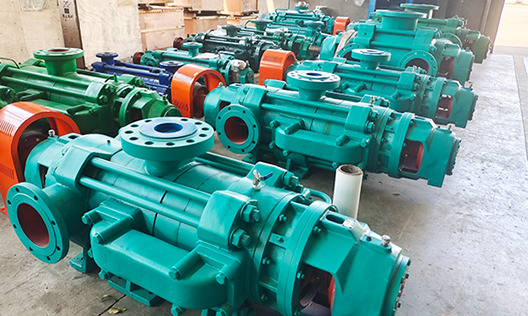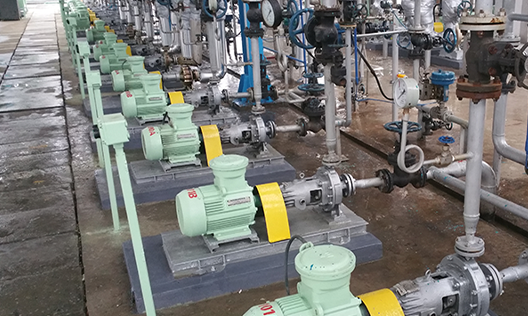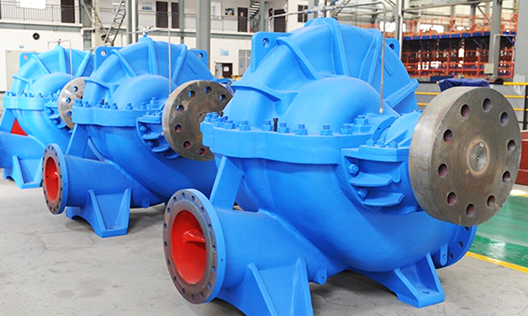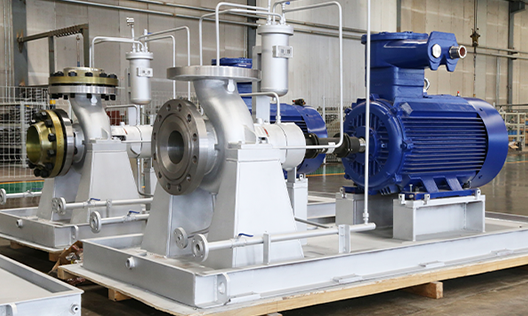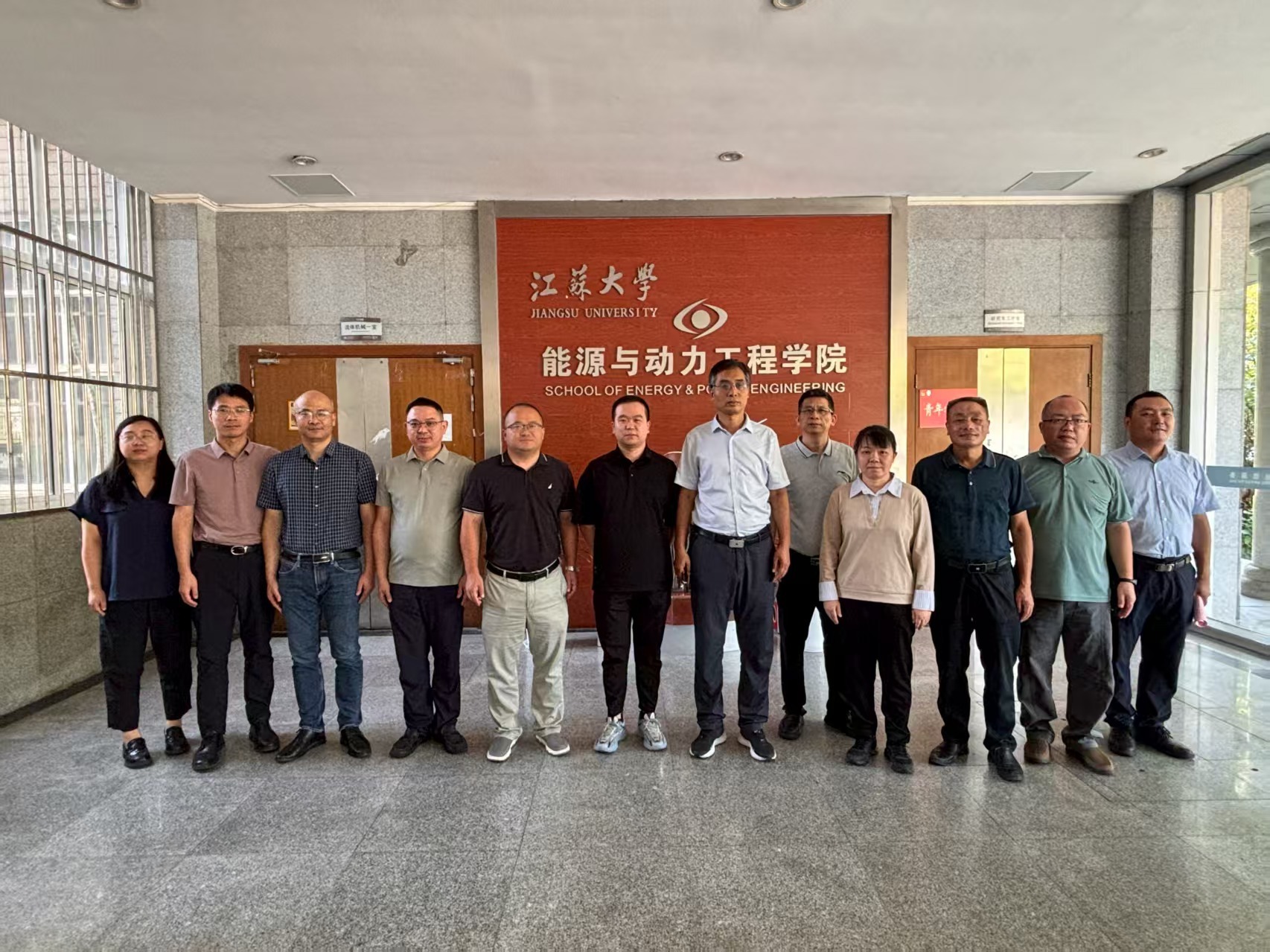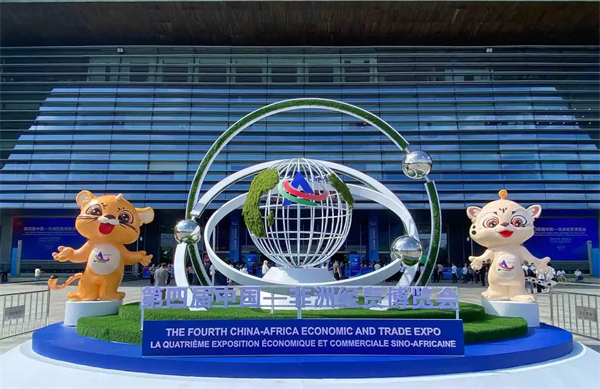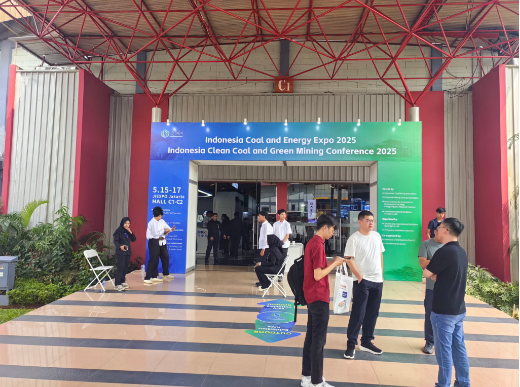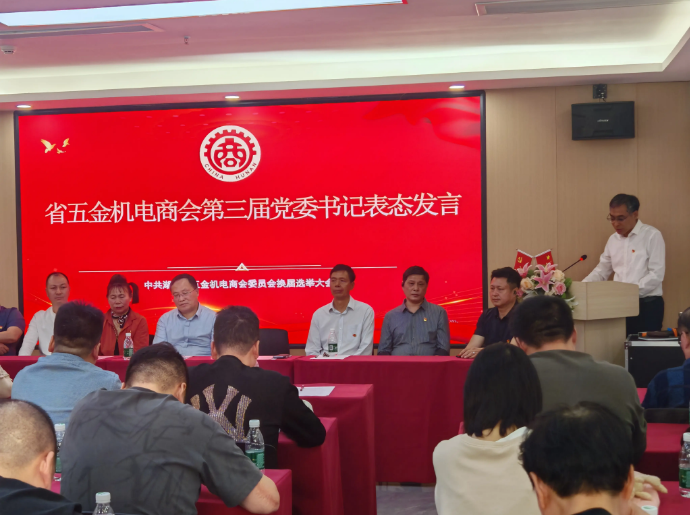A multi-stage chemical pump is widely used in industries such as chemical engineering, petroleum, and metallurgy. Multistage centrifugal pump , its primary function is to transport liquids from one place to another. Due to the complex working environment, the media often possess physical and chemical properties such as corrosiveness, toxicity, and high volatility. Once a leak occurs, it can easily lead to safety incidents. Therefore, the sealing design of multistage chemical pumps becomes particularly crucial. In this article, Chemical pump Manufacturing factory Changsha Zhonglian Pump Industry Technical engineers will summarize the common multi-stage chemical pump sealing types currently available on the market for your reference.
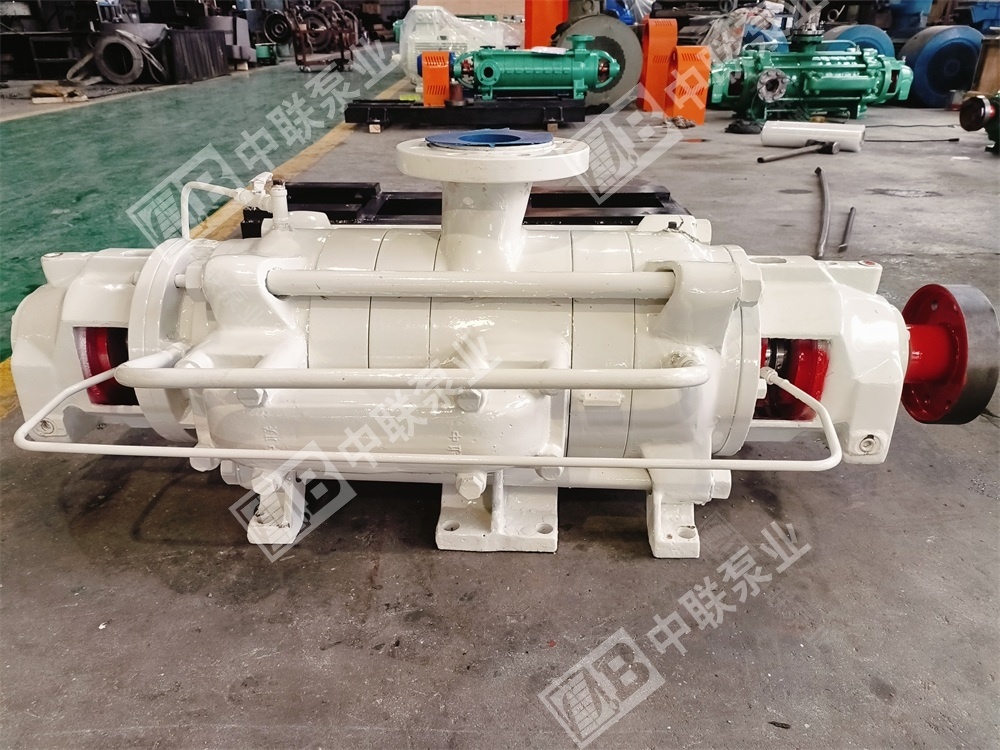
I. Mechanical Seals
- Structure : It consists of a stationary ring and a rotating ring, typically paired with a spring or other mechanism to maintain the seal.
- Advantages :
- It has excellent sealing performance and minimal leakage.
- Long service life, low maintenance frequency.
- Suitable for high temperature, high pressure, and corrosive media.
- Disadvantages :
- The cost is relatively high.
- It demands high installation accuracy.
- Applicable Scenarios : Suitable for most chemical pumps, especially in applications requiring high reliability and minimal leakage.
II. Packing Seal
- Structure : The packing is compressed onto the shaft via a packing ring and gland, creating a seal.
- Advantages :
- Simple structure, low cost.
- Easy to maintain and simple to replace the packing.
- Disadvantages :
- The sealing performance is relatively poor and prone to leakage.
- The packing needs to be adjusted and replaced regularly.
- Applicable Scenarios : Suitable for low-pressure, low-temperature operating conditions, or applications where leakage requirements are not stringent.
III. Magnetic Sealing
- Structure : Utilize magnetic force to isolate the pump's interior from its exterior, preventing liquid leakage.
- Advantages :
- Completely leak-free, with excellent environmental performance.
- Suitable for high temperature, high pressure, and corrosive media.
- Disadvantages :
- It has higher costs and a complex structure.
- It has high requirements for installation and maintenance.
- Applicable Scenarios : Suitable for environments with stringent requirements, such as the pharmaceutical, food, and other industries.
4. Soft Sealing
- Structure : Use soft materials (such as rubber, PTFE, etc.) as seals.
- Advantages :
- It has excellent sealing performance and strong adaptability.
- Installation is simple, and the cost is relatively low.
- Disadvantages :
- Has a shorter lifespan and is prone to wear and tear.
- It has poor adaptability to temperature and pressure.
- Applicable Scenarios : Suitable for low-temperature and low-pressure operating conditions.
5. Double-End Face Seal
- Structure : Based on the mechanical seal, an additional sealing surface has been added, typically used in high-temperature and high-pressure operating conditions.
- Advantages :
- It boasts excellent sealing performance with virtually no leakage.
- Highly adaptable and capable of handling extreme operating conditions.
- Disadvantages :
- High costs, complex structure.
- Maintenance and installation requirements are high.
- Applicable Scenarios : Suitable for applications involving high temperature, high pressure, volatile, or toxic media.
6. Other Seals
Previous:
Recommended Information


